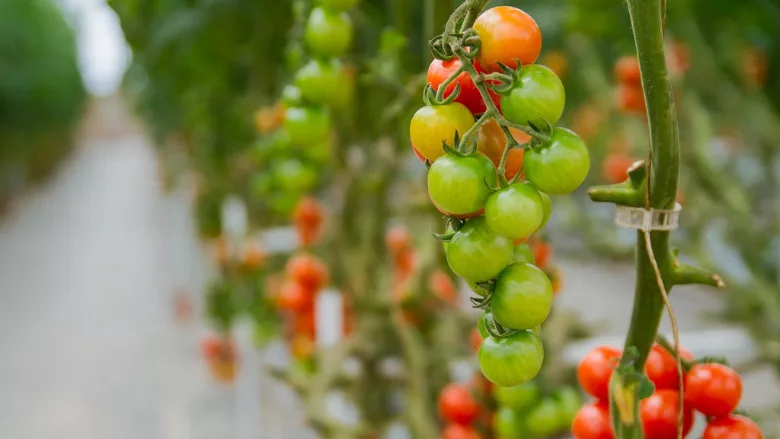Study: Pesticides, Toxic Heavy Metals Lower in Hydroponic Vegetables Than in Conventional Samples

Image credit: bytran2710 via Pixabay
A recent study comparing the presence of chemical contaminants in conventionally and hydroponically grown produce found pesticide residues in a larger number of conventional samples than in hydroponic samples, as well as significantly higher levels of lead and cadmium in conventionally grown produce. Phthalate levels were consistent between conventional and hydroponic samples.
The study tested 177 samples across four vegetable commodity groups—lettuce, celery, tomatoes, and cucumbers—taken from conventional and hydroponic farming operations. The samples were assessed for 120 pesticides, 18 phthalates, and two toxic heavy metals (lead and cadmium).
Of the total 177 samples, 53 percent contained at least one pesticide residue, and, while 84 percent of conventionally grown vegetables contained pesticides, residues were detected in only 30 percent of the hydroponic samples. Additionally, 51 percent of the conventionally grown samples contained two or more pesticide residues, compared to 7 percent in the hydroponic samples. The frequency of detection of insecticides was significantly higher for conventional samples (57 percent) than that of hydroponic samples (12 percent), as well as for fungicides (40 percent of conventional versus 5 percent of hydroponic samples). The researchers explain that this is due to decreased need for pesticides, insecticides, and fungicides in hydroponic operations, as the absence of soil in the cultivation of hydroponic crops means there are no soilborne hazards to control.
Phthalates were detected in all samples, whether grown conventionally or hydroponically. There was no significant difference in the total amount of phthalates between the conventional and hydroponic samples, except for the celery category, where conventional samples saw a higher overall phthalate value than hydroponic samples. The researchers explain that phthalates in conventional vegetables mainly come from soil and the mulch film that is used in the planting process, while irrigation water and the phthalate-containing hydroponic facilities are the primary sources of phthalates in hydroponic vegetables.
The study also showed that lead and cadmium concentrations were higher in conventional vegetables than in hydroponic vegetables, specifically: 16.0 and 14.1 times higher in lettuce and celery, 9.2 times higher in cucumber, and 8.6 times higher in tomatoes. Lead was the leading heavy metal pollutant in all samples, with a 69–91 percent detection frequency. The detectable rates of lead and cadmium in the conventional lettuce samples were about twice as high as that in the hydroponic lettuce. On the other hand, the results for celery, tomato, and cucumber demonstrated similar detection rates of lead and cadmium in conventional and hydroponic samples. Soil and irrigation water are the primary sources of heavy metal residues in conventional and hydroponic vegetables, respectively.
Looking for quick answers on food safety topics?
Try Ask FSM, our new smart AI search tool.
Ask FSM →









